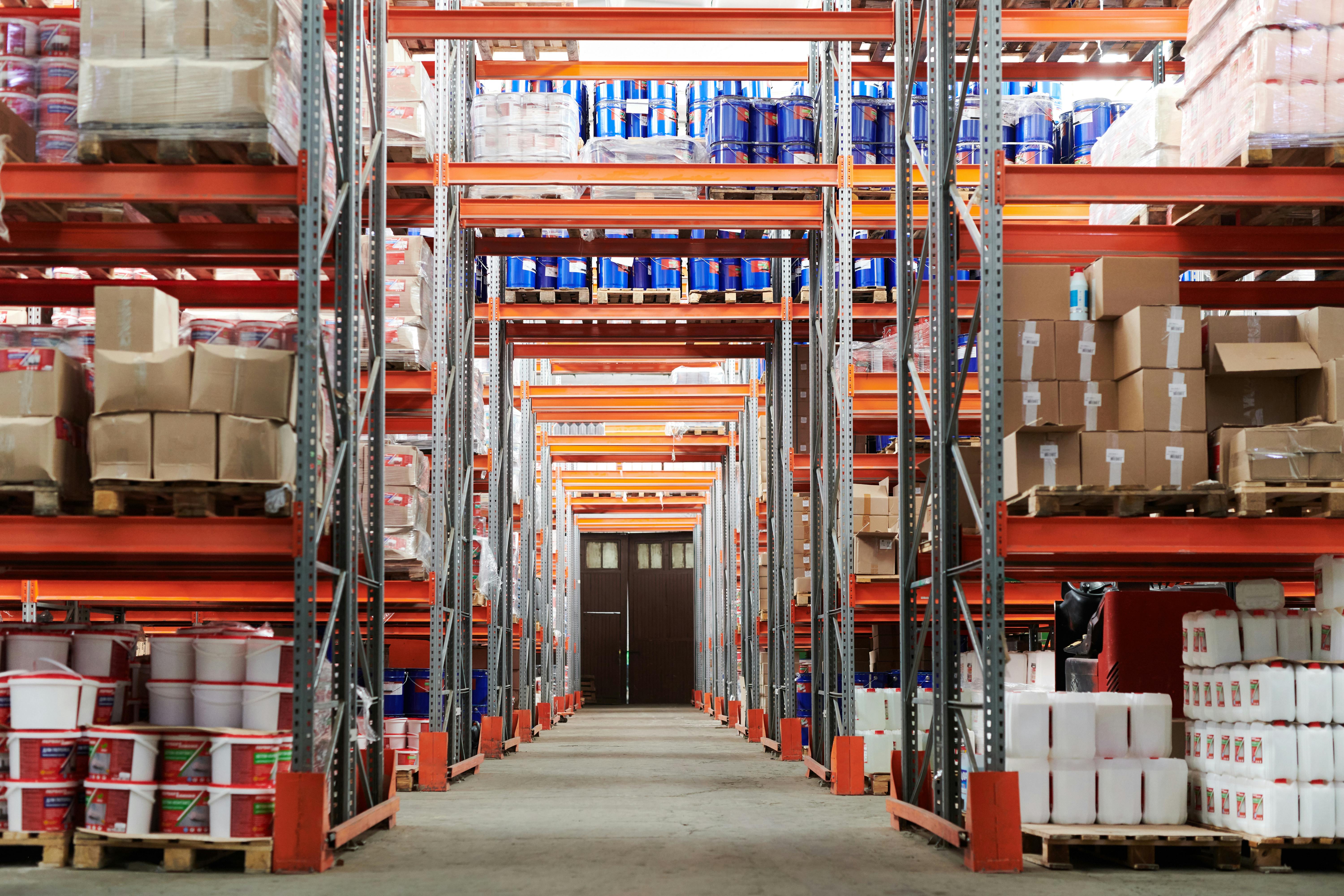Bonded Warehouse vs FTZs: Which Saves More on Tariffs?

Your warehouse strategy might be quietly draining your profits.
With tariffs in flux, compliance pressure on the rise, and global trade becoming increasingly complex, warehousing decisions can no longer be reactive. When you’re importing products with tight margins, choosing between a bonded warehouse and a Foreign Trade Zone (FTZ) could make or break your bottom line.
Both bonded warehouses and FTZs offer savings benefits to importers, but they operate in fundamentally different ways. Each option impacts your cash flow, inventory management, and supply chain efficiency differently. In this guide, we’ll break down everything you need to know to make an informed choice for your supply chain strategy, including real-world use cases, regulatory insights, and a side-by-side comparison tailored to companies managing complex international shipments.
What Is a Bonded Warehouse?
A customs bonded warehouse is a secure area authorized by U.S. Customs and Border Protection (CBP) where imported goods can be stored until they are formally entered into U.S. customs territory or re-exported.
Key Features
- Duty deferral: Store goods without immediately paying duties for up to 5 years, improving cash flow.
- Re-exported goods are exempt: If goods are re-exported without entering the U.S. market, no customs duties are owed.
- CBP oversight: Operations are monitored by the customs department to ensure compliance with entry procedures and regulations.
- Duty rate applied at time of withdrawal: The exact amount owed is based on the tariff in effect at the time of withdrawal.
- Inventory control: Strategically control stock levels based on demand fluctuations.
Who Uses Bonded Warehouses?
- An importer using bonded facilities near ports of entry to hold seasonal stock until orders come in.
- A brand that stores unsold products for re-exportation overseas.
Bonded warehouses are particularly useful for companies managing dutiable finished goods that may or may not enter the U.S. market, allowing them to maintain flexibility and manage import duties only when necessary.
What Is a Foreign Trade Zone (FTZ)?
Foreign Trade Zones (FTZs), also referred to as free trade zones, are designated areas considered outside the U.S. customs territory for tariff assessment purposes, even though they’re located within the U.S. FTZs provide more operational flexibility, including storage, assembly, repackaging, and other processing activities.
Key Features
- Inverted tariff benefits: Pay the duty rate on the final finished product, which may be lower than the sum of individual parts.
- Indefinite storage: No maximum time limit for foreign and domestic goods.
- Manufacturing allowed: FTZs permit repackaging, assembly, testing, and other processing activities without triggering immediate duty liability.
- Simplified customs entry: Consolidated filings and inventory management tools streamline compliance.
- Privileged foreign status: Duty rates can be locked in based on the date of import, giving businesses cost predictability.
Who Uses FTZs?
- A company assembling imported components domestically in an FTZ.
- A brand performing repacking and final packaging inside an FTZ warehouse for faster market readiness.
FTZs are ideal for brands looking to reduce processing costs, defer duties until product distribution, and improve delivery timelines while staying compliant with U.S. Commerce and CBP regulations.
Bonded Warehouse vs FTZ: Key Difference
When to Use a Foreign Trade Zone vs. a Bonded Warehouse
Choosing between a bonded warehouse and a Foreign Trade Zone isn’t just about cost, it’s about aligning your logistics infrastructure with your operational model, customs profile, and long-term growth strategy.
Choose an FTZ if:
- You’re assembling or modifying products before market release.
- You’re eligible for inverted tariff benefits–paying lower duties on finished products than on components.
- You want storage without time constraints.
- You process a high volume of shipments and need streamlined customs entry.
- Your supply chain requires flexibility in privileged foreign status and continuous compliance reporting
Choose a Bonded Warehouse if:
- You primarily store finished goods for eventual entry or re-export.
- You need simple, cost-effective long-term storage (up to five years).
- You want to defer payment of duty until goods are released for U.S. consumption.
- Your operations don’t require additional processing, such as repacking or labeling.
- You manage fluctuating demand and need CBP-managed oversight with less regulatory burden.
The better choice depends on whether your facility functions more like a storage buffer or a processing hub. For many importers, using FTZs for value-added tasks and bonded warehouses for storage is an increasingly popular hybrid strategy.
Why Warehousing Matters for Compliance & Cost Control Teams
For trade compliance managers, operations leaders, and finance professionals working at brands that rely on global manufacturing, the pressure is mounting to reduce landed costs and maintain control over customs exposure.
The good news? You don't have to relocate your supply chain to achieve that.
Both bonded warehouses and FTZs provide U.S. importers with practical and legal ways to reduce import duties, avoid upfront duty payments, and mitigate risk, all without disrupting operations. In FY2024 alone, U.S. Customs and Border Protection collected over $88 billion in duties. For importers of foreign goods, that figure underscores the growing need to control exposure to tariffs, import duties, and entry procedures.
A properly structured warehousing setup doesn’t just protect margins, it can free up working capital, improve delivery timelines, and increase operational flexibility across global supply chains.
Expert Help: Try Silq Edge for Tariff Guidance
Importers can no longer afford to treat warehousing as an afterthought.
- If you’re storing dutiable finished goods and want flexibility without the complexity, go bonded.
- If you're transforming products or operating at scale with frequent imports, FTZs may deliver greater long-term cost savings.
The most successful importers are those that treat these facilities not just as compliance checkboxes, but as critical levers in their supply chain optimization strategy.
Navigating bonded warehouses and FTZs can be complex, but you don’t have to go it alone. Silq Edge offers a free consultation package for qualifying brands, including up to $1,200 in welcome credits toward expert tariff strategy support, supply chain planning, and customs compliance insights.
If you’re looking to cut through the red tape and turn trade regulations into a competitive advantage, Silq Edge is your head start.
Ready for Supply Chain Predictability?
Importers using Silq ship smarter, safer, and with total control.







